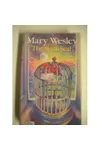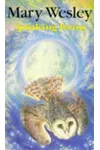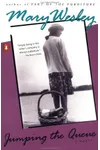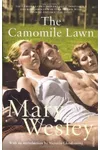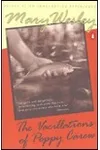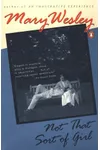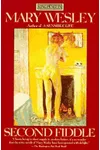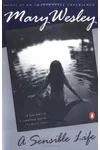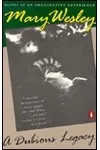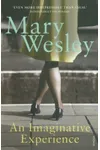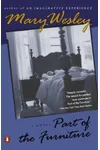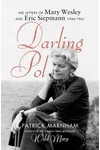Picture a spirited English novelist who didn’t publish her first adult novel until she was 70, yet sold over 3 million books—meet Mary Wesley! With her sharp wit, bold themes, and tales of love tangled with darkness, she defied conventions and became a literary sensation. Her life, as vibrant as her stories, was a whirlwind of romance, resilience, and reinvention.
Born in 1912, Wesley’s journey from a rebellious debutante to a bestselling author is as captivating as her novels. Her ten bestsellers, including the beloved The Camomile Lawn, blended humor, sensuality, and a keen eye for British society, earning her a CBE and a lasting legacy.
The Making of Mary Wesley
Mary Aline Mynors Farmar was born in Englefield Green, Surrey, to a military family descended from the Duke of Wellington. A childhood marked by a strained relationship with her sharp-tongued mother and a parade of 16 governesses fueled her rebellious streak. Educated at the London School of Economics, she worked in MI5 during World War II, decoding secrets and soaking up experiences that later flavored her fiction. After two marriages—first to Charles Swinfen Eady, then to journalist Eric Siepmann—Wesley faced financial hardship following Siepmann’s death in 1970. It was then, at 70, that she turned to writing to rebuild her life.
Mary Wesley’s Unforgettable Stories
Wesley’s novels are a delicious mix of wit, romance, and dark undercurrents, often set against the backdrop of war or the idyllic West Country. Her debut adult novel, Jumping the Queue (1983), follows a widow contemplating suicide who crosses paths with a fugitive, weaving humor and psychological suspense. The Camomile Lawn (1984), her most famous work, traces cousins navigating love and loss during World War II, its frank sexuality and vivid characters earning it a TV adaptation. Harnessing Peacocks (1985) showcases a single mother juggling lovers and secrets, while A Sensible Life (1990) explores a woman’s journey from neglect to self-discovery.
Her style, often described as “Jane Austen plus sex” (a label she found absurd), paired sharp social commentary with unapologetic sensuality. Wesley’s heroines—flawed, fierce, and often unloved in youth—defy societal norms, reflecting her own liberated spirit. Her ability to blend comedy with themes of betrayal, incest, and murder set her apart, earning comparisons to Muriel Spark.
Why Mary Wesley Matters
Mary Wesley’s impact lies in her defiance of stereotypes. Publishing her first novel at 70, she proved age is no barrier to creativity, inspiring late bloomers everywhere. Her candid portrayal of sex and emotional complexity challenged the prim image of British literature, delighting readers and sparking TV adaptations that brought her stories to new audiences. With over 3 million books sold, her work continues to resonate, offering timeless insights into human nature.
In 1995, Wesley was awarded a CBE for her contributions to literature. Her authorized biography, Wild Mary (2006), reveals a life as bold as her fiction, cementing her as a literary icon who lived and wrote on her own terms.
- Born: June 24, 1912, Englefield Green, Surrey
- Key Works: Jumping the Queue, The Camomile Lawn, Harnessing Peacocks, A Sensible Life
- Awards: CBE (1995)
- Died: December 30, 2002, Totnes, Devon
Snag The Camomile Lawn and dive into Mary Wesley’s irresistible blend of romance and rebellion!
